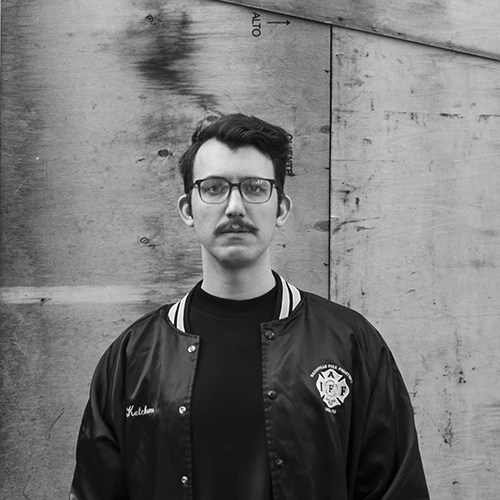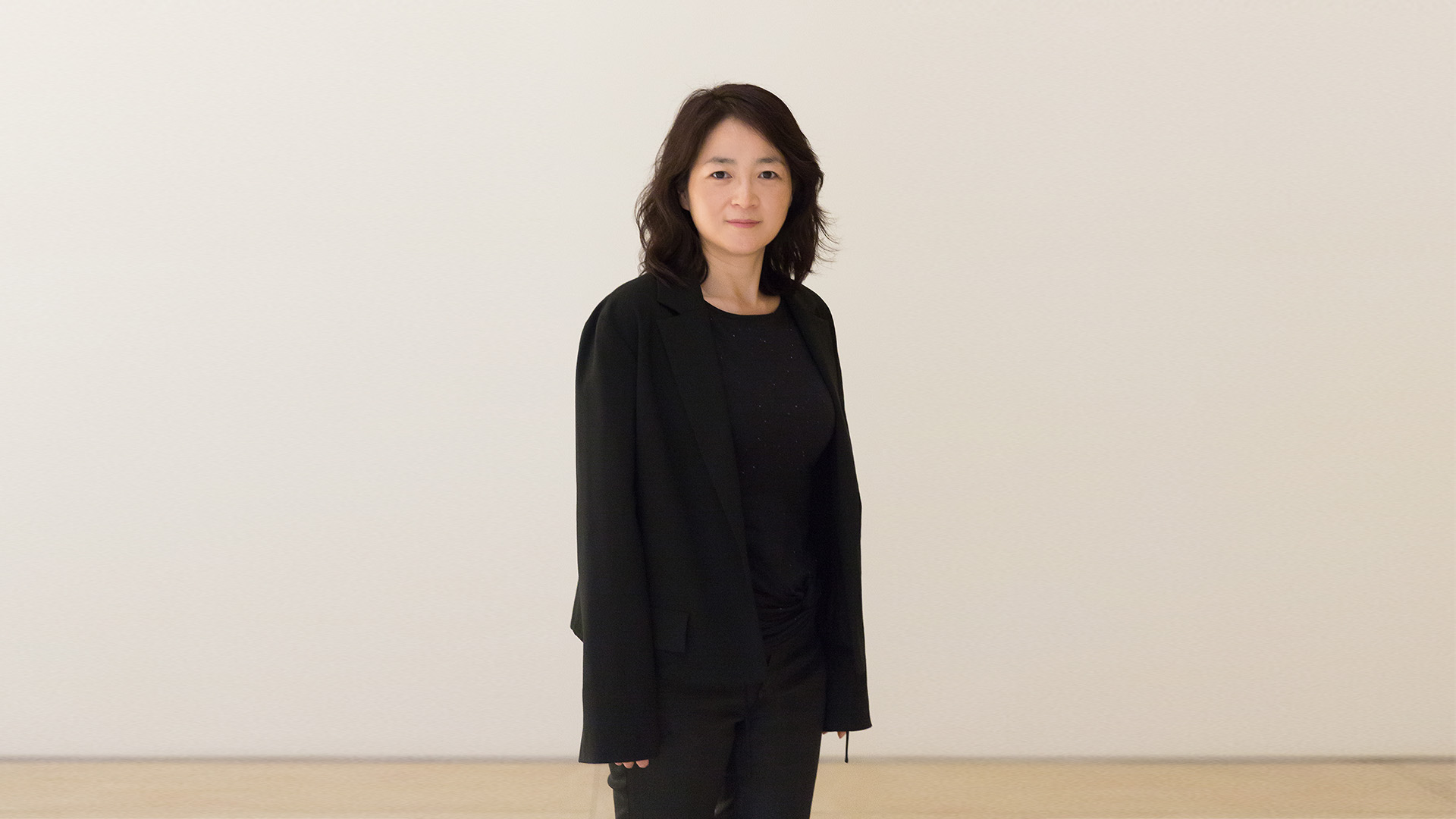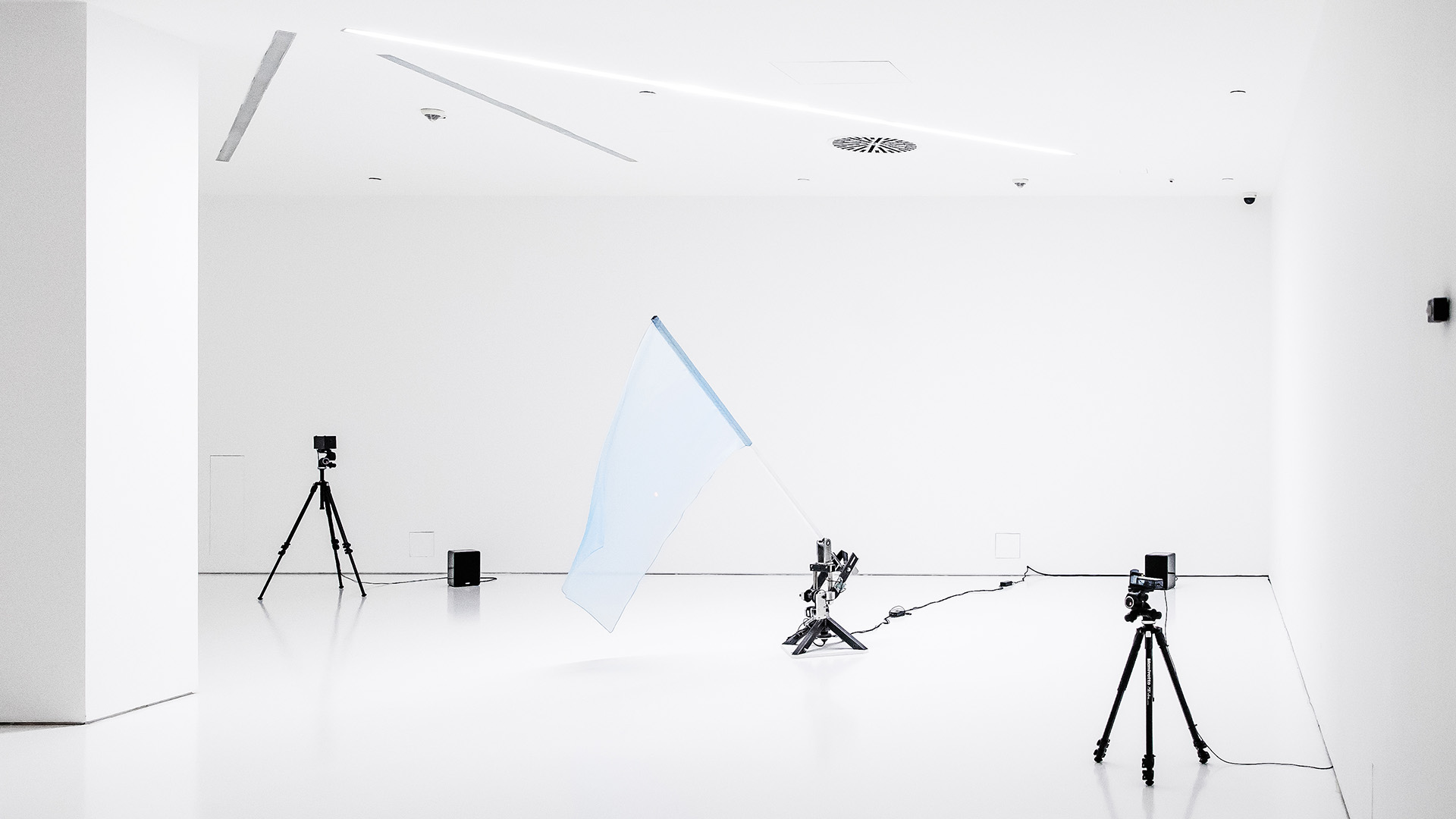Blog
12 Questions to Artists: Boomoon
28 February 2019 Thu
Serhat Cacekli asked 12 questions to Boomoon.

SERHAT CACEKLİ
hscacekli@gmail.com
1- Could you talk about your works included in the Borusan Collection?
The Borusan Collection has some pieces from my Northscape series. These works were made in Iceland and Greenland where I encountered untouched landscapes in a pristine light. There are also some Korean winter landscapes made around Mountain Seorak where I have been living since 2000. “Seorak” means “mountain of the snow” in Korean. It is located on the east coast of the Korean peninsula close to the border with North Korea. As you may have noticed, the direction that interests me in my work is the North. It relates to winter, isolation, silence, and introspection. It offers landscapes that are less contaminated by words and by meaning.
2- What is the most important aspect of this piece that people should pay attention to?
I believe in the power of the image, independent from any message or story. That’s why I avoid human presence in my landscapes and I prefer big size prints. The place of the human in my work is not within the image but in front of it, right where I stand with my camera. The landscape is like a cloud in the wind. It takes form in accordance with the receptiveness of the beholder and their capacity for interpretation. Looking at an image is a self-reflection.
3- What kind of impact do you hope that your work has?
I present only what I looked at in an intense correspondence with the world in front of me. The rest depends on you.
4- How do you go about transforming an idea into a physical piece?
My images are not made according to a scripted idea. They are kind of conclusion to a phenomenon I experienced. The culminating moments of a complex experience and relation with the world. The idea comes to me afterward, when I review and select my images. It is a kind of discovery about nature, art or myself.

Boomoon, 2017
5- What were your visual influences growing up?
Retrospectively I realize that the cinema was very important for my visual education. In my youth, TV was not so popular yet and I preferred to go to the cinema rather than to school. I saw all kinds of films, Korean films, Hollywood productions as well as French and Italian films. Films would take me to another world and provide me with fantasies and dreams of images. I continue to be interested in movies and recently I discovered Nuri Bilge Ceylan’s films. Impressive vision!
6- What is your favorite place to see art?
I like to visit great historic museums where there is more chance of unexpected encounters.
7- What is the most indispensable item in your studio? In the words of Marie Kondo, what items "spark joy" for you?
I start my day by looking at the sky through the window. Whether it is bright or cloudy, each day is different and sparks a certain sensation in me.
8- How is your relationship to sound and music? What do you listen to for inspiration?
I always listen to music in my house, mostly classical music. It is vital for me, like air or water. I believe in salvation by music. I am also interested in an accurate representation of sound. Well-controlled acoustics creates a space and a presence. It helps me concentrate exclusively on the music itself.
9- What does it mean to be an artist in the twenty-first century?
Artists have always been interested in new techniques of image making. Needless to say for a photographer, the recent development of technology in the visual field has changed our relation to the image. It offers new possibilities to think and to communicate through images. It also makes the status of the artwork more immaterial. But I think the raison d’être of an artist has not changed in their role of making visible the invisible.
10- What is the best piece of advice you’ve ever been given?
To be a good artist, learn what to avoid. This is from Claudio Abbado, in an interview I read in the early 1970s.
11- How would you describe the art world to a newcomer?
The art world becomes more and more complex with multiple players but the core of it is still the artwork itself. To stand in front of it remains an exceptional experience to comfort, delight and to lift ourselves up.
12- What’s the oddest thing a gallerist/curator/collector has asked you to do?
I am amazed when people, even art professionals, ask me to explain my work in front of it. Art is not information. Seeing is the act of approaching a secret. It is also a privilege.
ABOUT THE WRITER
Serhat Cacekli (1988) is an San Francisco-based curator and art writer. He is a member of Collective Çukurcuma. He received his bachelor degree in Physics and Mathematics from Koç University. Cacekli contributes regularly to various printed and online art magazines such as Istanbul Art News, Milliyet Sanat, and XOXO the Mag. He is pursuing his Master’s Degree on Art Management at Yeditepe University. He has curated various exhibitions such as; Ghosts (Red Bull Art Around Arnavutköy, 2018), Survival Kit (Cultural Transit Foundation, Yekaterinburg and Space Debris, Istanbul, 2017), Grid (Mixer, 2016), Printed15 (Mixer, 2015), 31Kilo (Küntlerhaus Dortmund, 2014).



